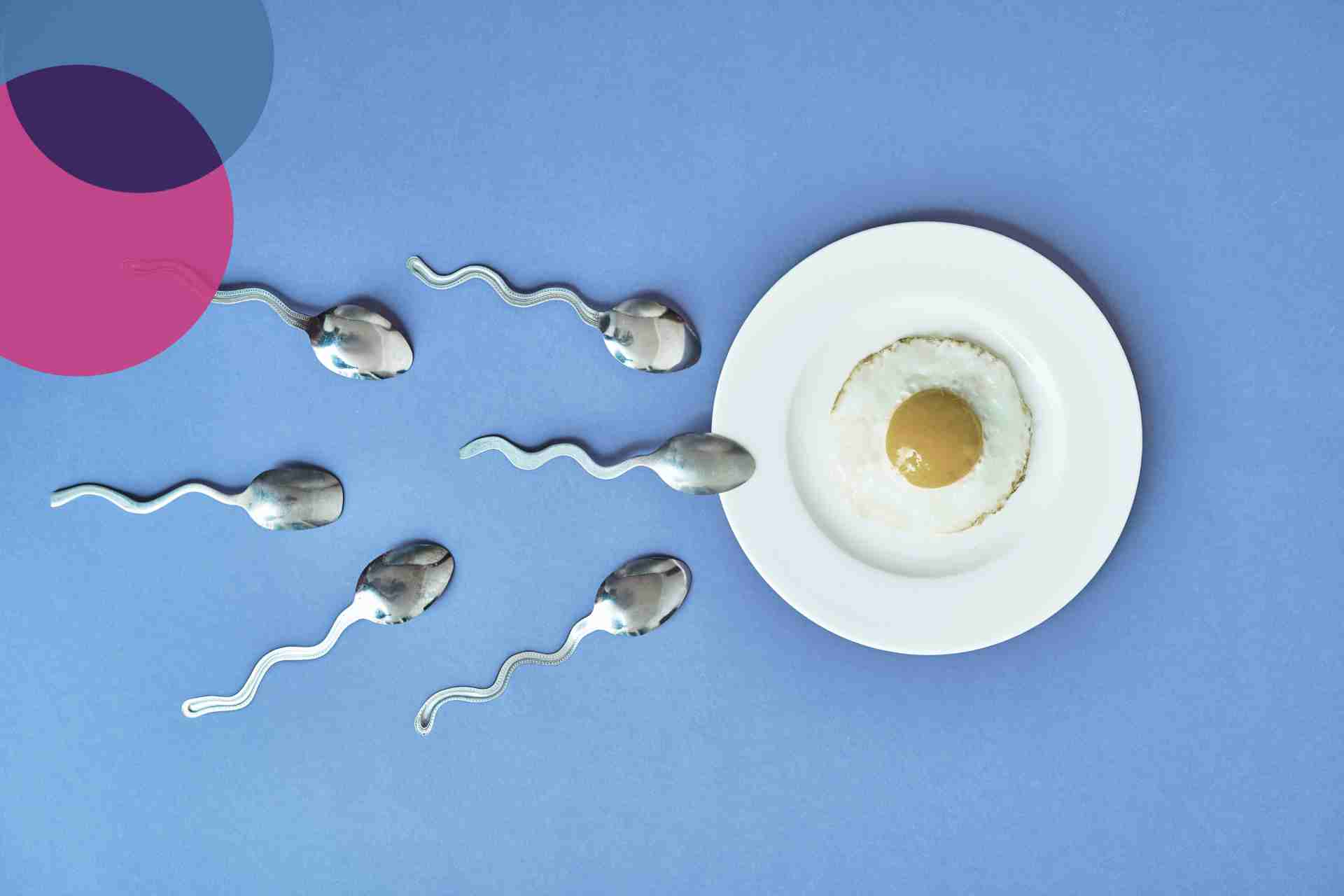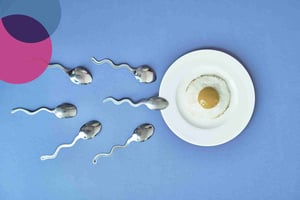
26 February 2024
A to Z to fertility: Decoding the jargon
Navigating the world of female fertility can be a complex and often overwhelming journey. As individuals embark on the path to parenthood, they encounter a plethora of jargon terms that can be confusing and daunting. In this comprehensive guide, we aim to demystify the language surrounding female fertility, providing clarity and understanding for those seeking to expand their families.
A - Assisted Reproductive Technologies (ART): ART encompasses medical procedures designed to assist in achieving pregnancy. Common methods include in vitro fertilization (IVF) and intrauterine insemination (IUI)
B - Basal Body Temperature (BBT): Basal Body Temperature is the lowest body temperature reached during rest, measured first thing in the morning. Charting BBT can help pinpoint ovulation, as a slight increase is often observed post-ovulation.
C- Cervical Mucus: Cervical mucus is a fluid produced by the cervix that changes consistency throughout the menstrual cycle. Monitoring these changes provides insights into fertility, especially during the fertile window.
D- Vitamin D: Vitamin D is an essential vitamin is involved in the regulation of hormones and supports the health of the reproductive organs. Research suggests that women with sufficient vitamin D levels may experience enhanced fertility and a reduced risk of certain reproductive conditions. Including vitamin D in your fertility journey is not only essential for reproductive health but also contributes to overall physical well-being.
E- Endometriosis: Endometriosis is a condition where tissue similar to the lining of the uterus grows outside the uterus. It can cause fertility issues and is often associated with pelvic pain.
F- Fertile Window: The fertile window is the timeframe during the menstrual cycle when a woman is most likely to conceive. Identifying this period is crucial for couples trying to get pregnant
G- Gonadotropin: Gonadotropins are hormones that stimulate the ovaries to produce eggs. In fertility treatments, they may be administered to enhance ovulation.
H - Human Chorionic Gonadotropin (hCG): hCG is a hormone produced during pregnancy. In fertility treatments, it is often used to trigger ovulation.
I - Infertility: Infertility is the inability to conceive after a year of regular unprotected intercourse. It encompasses various factors and may require professional assistance.
J- Journey to parenthood: Journey to parenthood is a deeply personal path undertaken with the hope of expanding a family. Navigating reproductive health, from understanding ovulation to facing potential challenges, involves emotional highs and lows, demanding resilience and patience. This emotional rollercoaster adds complexity, requiring individuals to navigate hope, disappointment, and perseverance. Every fertility journey is unique, shaped by individual circumstances. It's a transformative odyssey extending beyond the physical aspects of conception, encompassing emotional well-being, open communication, and the support of healthcare professionals. The journey serves as a testament to the strength and determination of those bravely pursuing parenthood.
K – Knowledge: In the context of fertility, knowledge is a formidable asset that empowers individuals to make informed choices. Whether participating in online forums, support groups, or seeking guidance from healthcare professionals, the pursuit of knowledge creates a foundation for informed decision-making. Engaging in open dialogues, sharing challenges, and learning from diverse experiences contribute to a collective pool of wisdom.
L - Luteinizing Hormone (LH) Surge: The LH surge is a hormonal event that triggers ovulation. Monitoring it with ovulation predictor kits aids in predicting the fertile window.
M - Menstrual Cycle: The menstrual cycle is the monthly hormonal cycle that prepares a woman's body for pregnancy. Understanding its phases is essential for tracking fertility.
N – Nutrition: Nutrition plays a pivotal role in female fertility. Maintaining a well-balanced and nutrient-rich diet contributes to overall reproductive health. Specific vitamins and minerals, such as folic acid, iron, and omega-3 fatty acids, are crucial for fertility. A diet rich in fruits, vegetables, whole grains, and lean proteins supports hormonal balance and promotes a healthy reproductive system.
O - Ovulation: Ovulation is the release of an egg from the ovary. Timing intercourse around ovulation increases the likelihood of conception.
P - Polycystic Ovary Syndrome (PCOS): PCOS is a common hormonal disorder affecting reproductive-aged women, often causing irregular periods, anovulation, and ovarian cysts.
Q - Quality of Eggs and Sperm: The quality of eggs and sperm is crucial for successful conception. Age, lifestyle, and medical conditions can impact reproductive health
R – Recurrent Miscarriage: defined as two or more consecutive pregnancy losses. It may necessitate further investigation and medical intervention.
S - Subfertility: Subfertility refers to a reduced fertility level, where conception may take a longer time than average but is still possible.
T - Tubal Factor Infertility: Issues with the fallopian tubes, such as blockages or damage, can lead to tubal factor infertility, hindering the egg's journey to the uterus.
U - Uterine Factor Infertility: Uterine factor infertility involves abnormalities in the uterus that affect implantation and pregnancy.
V - Vasectomy Reversal: Vasectomy reversal is a surgical procedure to restore fertility in men who have previously undergone a vasectomy.
W - Women's Health: Maintaining overall women's health, including a healthy lifestyle and regular check-ups, is integral to fertility and reproductive well-being.
X - X-Chromosome (Genetic Factors): Genetic factors, including the X-chromosome, play a role in determining fertility and may influence the likelihood of certain reproductive conditions.
Y - Yoga and Fertility: Yoga and other stress-reducing practices can positively impact fertility by promoting overall well-being and reducing stress levels.
Z - Zero Sperm Count: A zero sperm count, or azoospermia, may contribute to male infertility. Various medical conditions or treatments can lead to this condition, requiring specialized interventions.
Decoding the A to Z of female fertility jargon provides individuals with a comprehensive understanding of the terminology associated with the journey to parenthood. Armed with knowledge, couples can navigate this intricate landscape, making informed decisions and facing potential challenges with confidence and resilience.
%20(1).jpg?upsize=true&upscale=true&width=400&height=200&name=NEW-%20Harley%20Street%20Fertility%20Clinic%20Open%20Evening%20March%202024%20(720%20x%20300%20px)%20(1).jpg)

.jpg?upsize=true&upscale=true&width=400&height=200&name=Open%20evening%20(6).jpg)